Description
NI PXIE-8133 Embedded Controller: Your Reliable PXI Test System Brain
You know how test systems can get messy with external controllers eating up rack space? The PXIE-8133 solves that neatly. From my experience troubleshooting automotive ECU validation rigs, this embedded workhorse tucks right into your PXI chassis while handling serious computational loads. It’s not the flashiest new model out there, but in many cases, it’s exactly what you need for stable, long-term deployments—especially if you’re maintaining existing test cells.
Why Engineers Keep Coming Back to This Model
- Integrated timing and sync – No external cabling headaches. One thing I appreciate is how it simplifies RF test setups; the onboard 10 MHz reference and PXI trigger bus mean your DAQ modules stay perfectly coordinated during vibration testing.
- Quad-core i7 muscle – Handles real-time sequencing for power electronics validation without breaking a sweat. Typically runs NI VeriStand at 90% capacity even with 16-channel CAN FD logging.
- Zero external footprint – Fits directly in PXIe slots. Saw this save a semiconductor client $4k in rack adapters during a last-minute thermal chamber retrofit.
- Ruggedized for industrial use – Fanless design with conformal coating options. You might notice fewer failures in high-dust environments like battery pack test labs compared to commercial-grade PCs.
Technical Specifications at a Glance
| Parameter | Details |
|---|---|
| Brand/Model | NI PXIE-8133 |
| HS Code | 8537.10.0000 (Programmable controllers) |
| Power Requirements | 100-240 VAC, 50/60 Hz; draws ≤ 65W under load |
| Dimensions & Weight | 3U PXIe format (100 x 160 x 243 mm), 2.1 kg |
| Operating Temperature | 0°C to 55°C (with proper chassis ventilation) |
| Communication Interfaces | Gigabit Ethernet, 4x USB 3.0, DisplayPort |
| Installation Method | Direct insertion into PXIe chassis slot (supports hybrid slots) |
Where It Shines in Real Production Floors
This isn’t for your lab bench prototyping—it thrives in 24/7 industrial settings. I’ve seen it deployed in automotive transmission test cells where vibration would kill a standard PC, and in aerospace HIL rigs needing microsecond timing precision. One wind turbine manufacturer uses it exclusively for blade fatigue testing because the integrated timing eliminates signal skew across 32 strain gauge channels. It’s also surprisingly common in legacy semiconductor fabs; the PXIe backplane compatibility means you can upgrade controllers without replacing entire chassis.
Your Procurement Team Will Appreciate These Perks
Look, you could spec something newer, but here’s why the 8133 still makes sense: First, compatibility. It talks flawlessly with older PXI-1, PXI-2, and PXIe modules—critical if you’ve got $200k tied up in legacy DAQ hardware. Second, the 365-day warranty covers field failures (not just DOA units), which matters when your production line stops. Third, NI’s firmware updates still roll out quarterly despite its age, so security patches keep coming. One plant manager told me they’ve cut controller replacement costs by 60% just by sticking with this model across 14 test stations.
Installation & Maintenance: Keep It Running Smooth
Don’t just jam it in any chassis—use a PXIe-1085 or similar with active cooling. I’ve seen overheating issues in cramped 19″ racks without 200 LFM airflow. Always ground the chassis properly; that floating ground warning isn’t just paperwork. For maintenance, clean the air vents quarterly (dust bunnies love those fins), and schedule firmware updates during planned downtime—NI’s update process takes about 8 minutes but requires chassis power cycling. Oh, and keep spare thermal pads on hand; the CPU ones degrade after 5+ years in high-temp environments.
Built to Last, Backed to Deliver
It ships with CE, UL 61010-1, and RoHS compliance stamped right on the label—no extra paperwork needed for most EU/US facilities. The 365-day warranty covers defects and unexpected failures (excluding physical damage, obviously). Delivery’s straightforward: 50% deposit gets it pulled from stock, then full payment before FedEx/UPS/DHL shipping. In-stock units ship in about a week; if we need to refurb one, it won’t take longer than 30 days. One client last month needed it for a compressed air test rig—got it calibrated and shipped in 9 days flat.
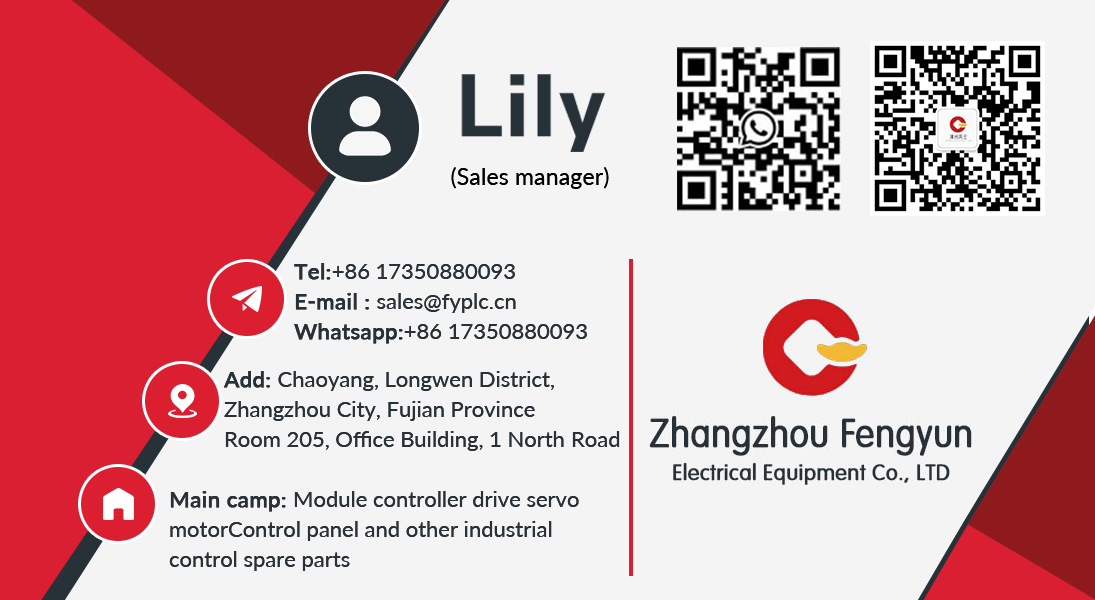
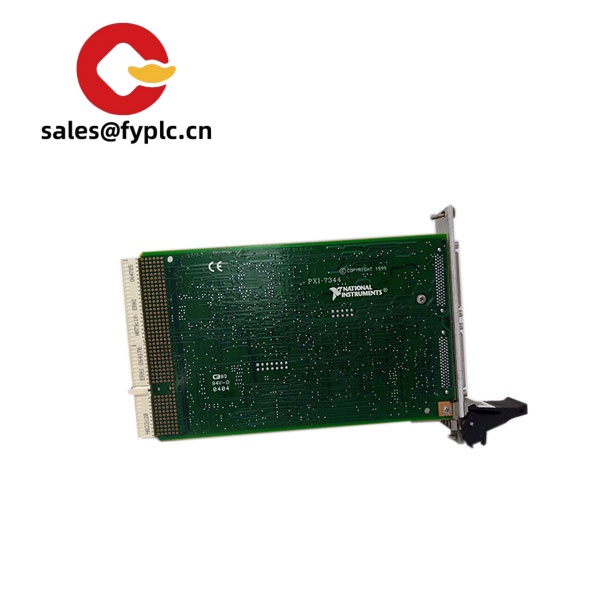
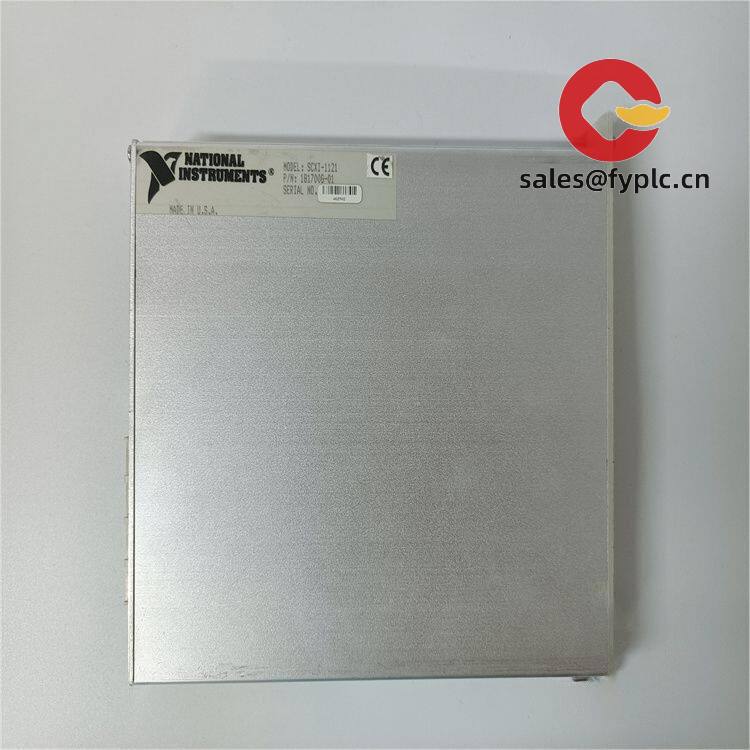
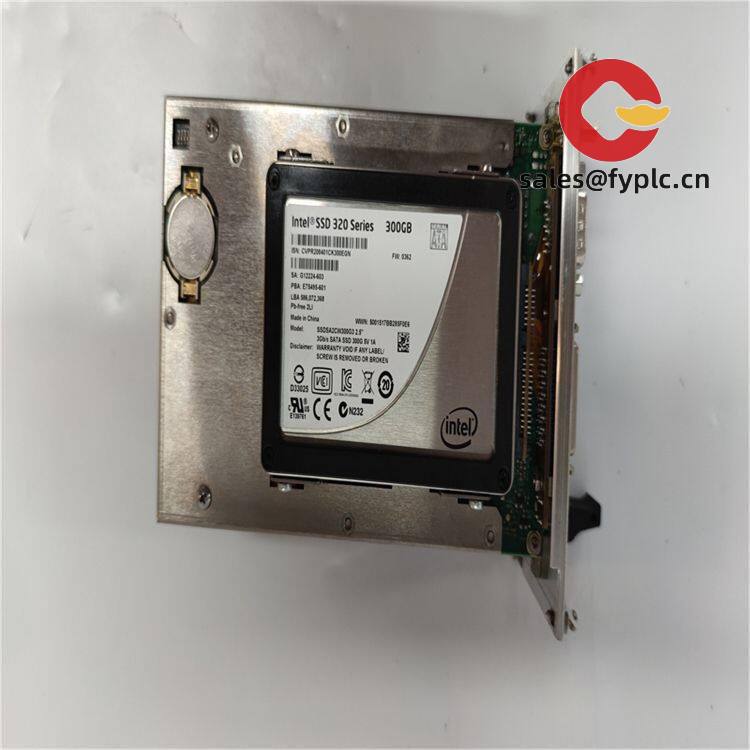
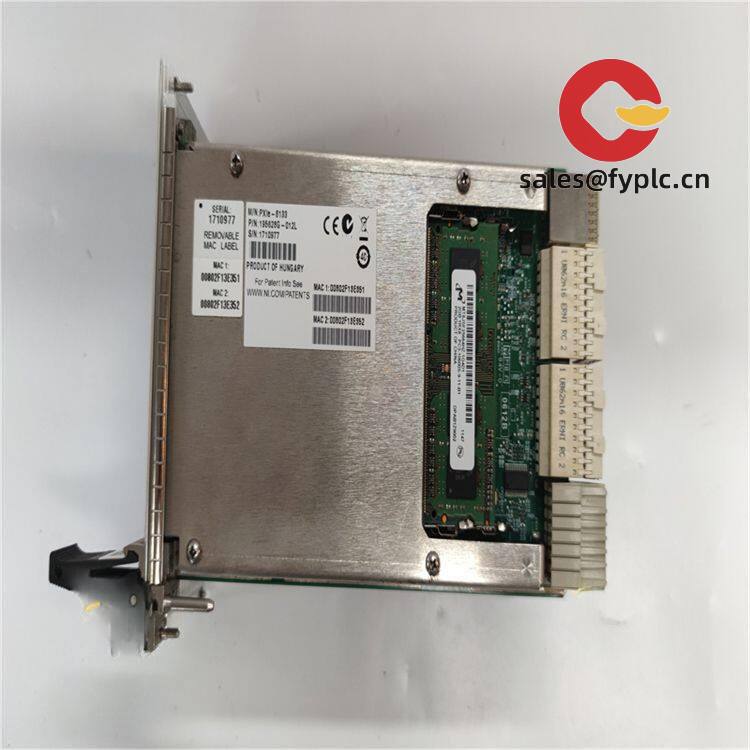


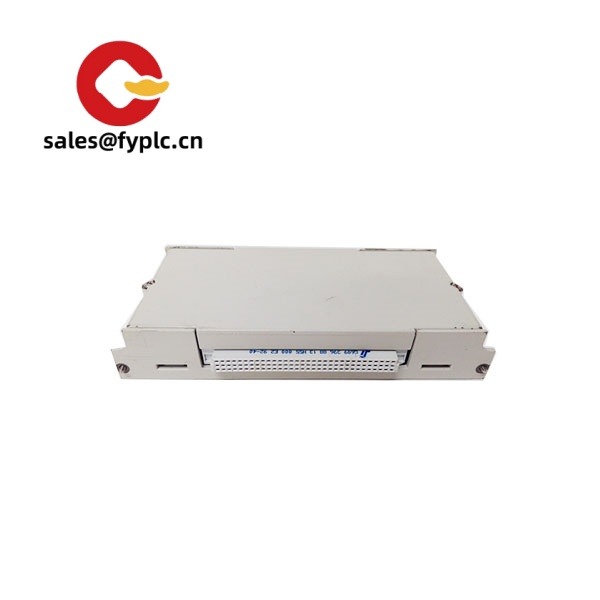
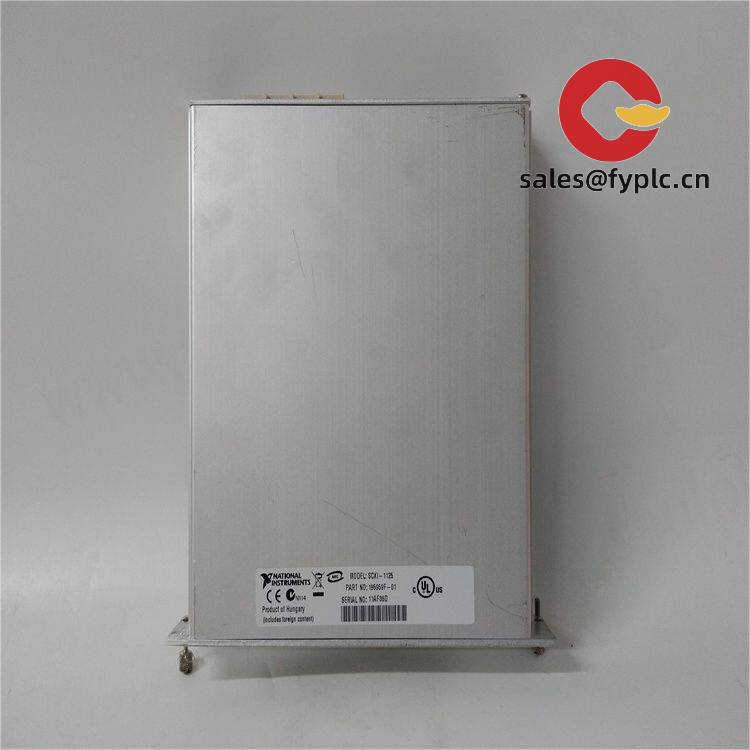
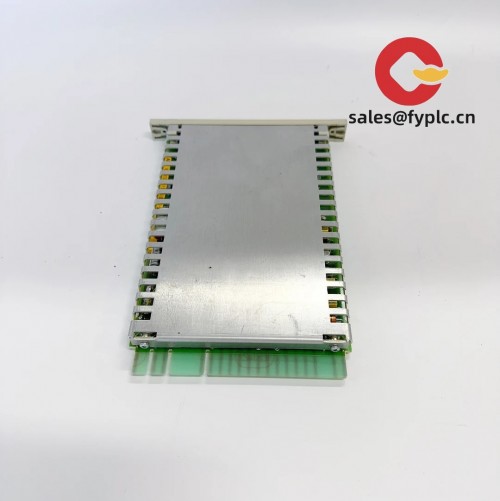

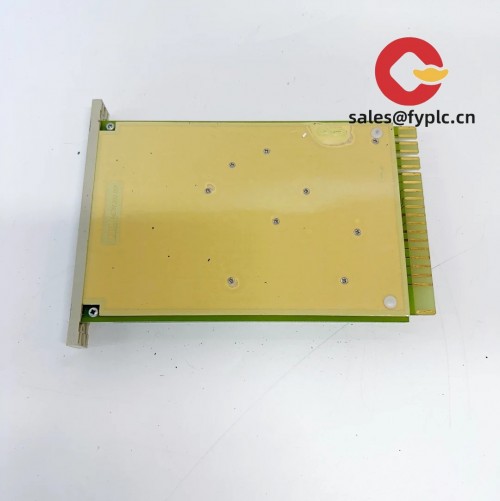




Reviews
There are no reviews yet.